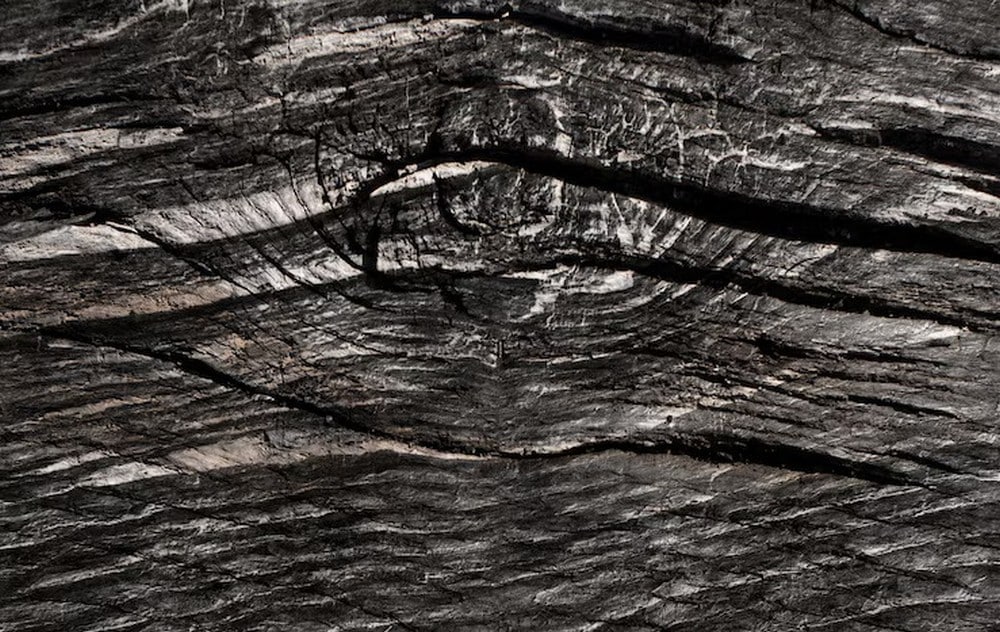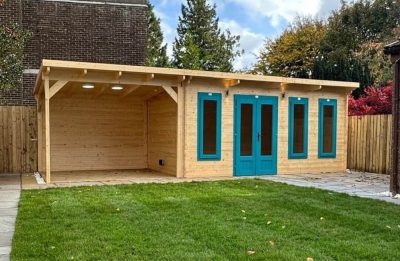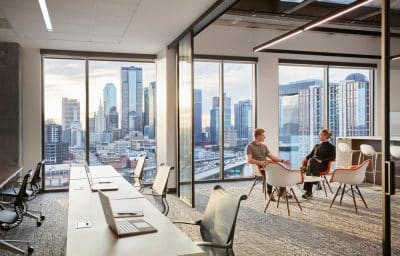
In recent years, architects and builders have been increasingly drawn to materials that strike a balance between aesthetics, functionality, and sustainability. Among these materials, charred timber stands out not only for its unique visual appeal but also for its impressive environmental benefits. Once a niche technique rooted in traditional Japanese architecture, charred timber is now becoming a staple in eco-conscious design projects across the globe.
The Roots of Charred Timber
The process of charring wood to preserve it—known as Yakisugi or Shou Sugi Ban—originated in Japan centuries ago. Traditionally, it was used to protect cedar siding from harsh weather, pests, and fire. The method involves lightly burning the surface of the wood, cooling it, cleaning it, and then finishing it with oil. The result is a durable, textured surface that resists rot, insects, and UV damage.
While the method is steeped in tradition, it has adapted well to modern building practices. Today, it is applied to a variety of wood species and used for both exterior and interior applications. Whether it’s enhancing the facade of a new build or adding dramatic contrast to a minimalist interior, the charred finish delivers both protection and visual impact.
Sustainability Through Longevity
One of the strongest environmental arguments for using charred timber is its longevity. When treated properly, charred timber can last decades—far longer than untreated or even chemically treated wood. This durability reduces the need for frequent replacements and the resource-heavy manufacturing that comes with them.
Moreover, the process of charring wood requires no synthetic chemicals or heavy processing. This makes it a low-impact alternative to pressure-treated lumber or plastic-based siding, both of which often come with significant environmental footprints.
Reduced Maintenance and Lifecycle Emissions
In sustainable architecture, the concept of lifecycle emissions is critical. This includes the environmental impact of producing, transporting, installing, maintaining, and disposing of a material. Charred timber excels in this regard. Its inherent resistance to decay and insects means fewer chemical treatments and less maintenance over time.
Because of its resilience, charred timber rarely needs repainting or sealing. This leads to a reduction in emissions related to manufacturing and applying maintenance products over the years. Less upkeep also means fewer resources and energy are spent in the long run.
In commercial or institutional projects where maintenance costs are a long-term concern, using a material like charred timber can yield both environmental and economic savings. This makes it a practical choice for schools, office buildings, and civic structures aiming for low operational impact.
Biophilic Design and Natural Aesthetics
Architects who subscribe to biophilic design principles—which promote the connection between people and nature—often turn to natural materials like wood. Charred timber provides the warmth and organic feel of traditional wood while adding an element of sophistication with its deep, rich finish.
This tactile and visual appeal plays a psychological role too. Buildings designed with natural, sustainable materials are often perceived as more inviting and comfortable, enhancing occupant well-being. For architects aiming to create environmentally responsible and human-centric spaces, charred timber is an ideal choice.
Aesthetic Versatility Meets Environmental Responsibility
Sustainability doesn’t have to come at the cost of creativity. Charred timber comes in various finishes, textures, and grain patterns, making it versatile enough for a wide range of design styles—from rustic to ultra-modern. Its striking appearance can serve as a focal point or blend seamlessly with other sustainable materials like stone, glass, or steel.
This adaptability makes it easier for architects to incorporate charred timber into their projects without compromising design integrity or environmental goals.
Local Sourcing and Carbon Sequestration
Another advantage lies in the potential for local sourcing. Timber is often more readily available and renewable than alternative materials like concrete or metal. When sourced responsibly, wood serves as a carbon sink—storing carbon dioxide that trees absorb during growth.
Charring does not negate this benefit. In fact, the process of carbonizing the outer layer of timber may help seal in some of that stored carbon, further reducing the building’s carbon footprint.
Additionally, charred timber can be part of a closed-loop lifecycle. At the end of its use, it is biodegradable or can be repurposed, unlike many synthetic cladding materials that end up in landfills. This makes it a more sustainable choice from cradle to grave.
Final Thoughts
The growing demand for sustainable building materials is prompting a shift in how we think about construction. Architects are no longer simply seeking materials that look good—they want materials that perform well over time, align with environmental values, and contribute to occupant well-being. Charred timber checks all these boxes.
By merging ancient techniques with modern environmental standards, charred timber represents a beautiful synergy of tradition and innovation—an ideal material for the future of sustainable design.








